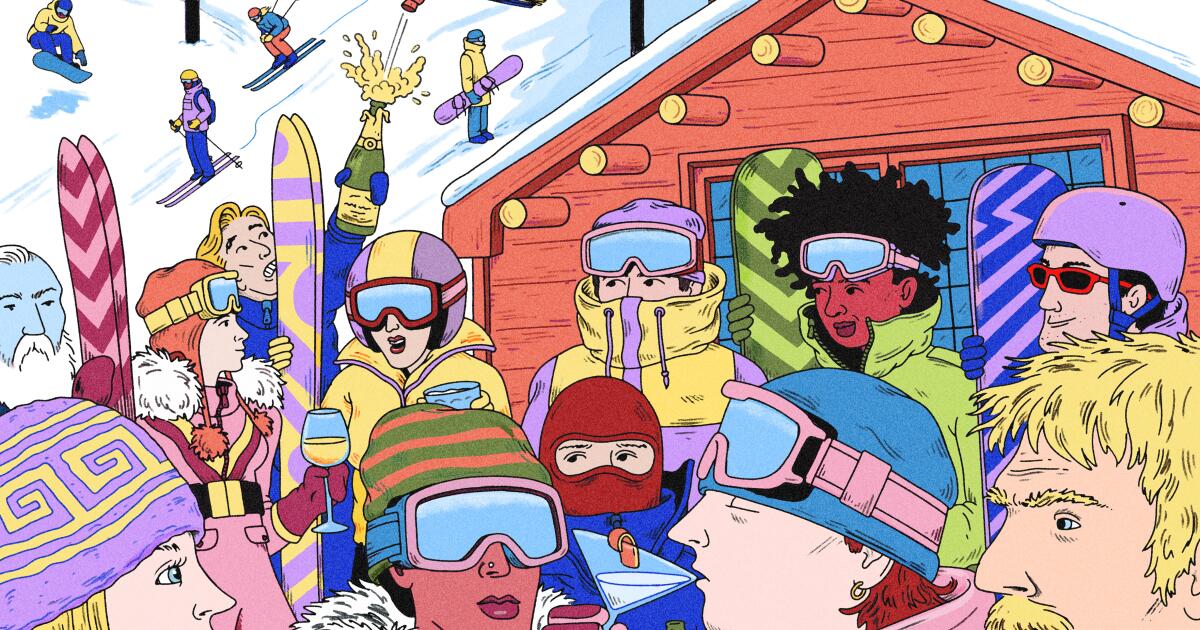Here’s when the season starts at California’s top ski resorts
Projected season opening date: By Thanksgiving, if Mother Nature cooperates, or by Yule on Dec. 21 at the latest.
What makes it special: Only 45 miles from Los Angeles in the San Gabriel Mountains, Mt. Baldy has 26 runs spread over 800 acres and three mountains. It also has a respectable vertical descent of 2,100 feet with wide-open glades, tree runs, bowls, moguls, groomed runs, cornices and quarter pipes. For those who don’t ski or snowboard, Mt. Baldy also offers snow tubing.
What’s new this season: With upgrades, Lift No. 3 now features more comfortable carriers to the top of Thunder Mountain at 8,600 feet. Chair No. 4 on the west side has a new drive and control system, allowing year-round use with both uphill and downhill loading when conditions permit. Continuous improvements to snowmaking are also helping Mt. Baldy open earlier each season. The resort’s former Last Name Brewing has rebranded as Mt. Baldy Brewery.
Lift ticket prices: Mt. Baldy season passes are currently on sale through Christmas Day: adults are $549 (regularly $799), teens and seniors are $449 (regularly $639) and children under 12 are $279 (regularly $399). You can pre-purchase lift tickets online for a discount. Walk-up tickets are $129 on busy days when the mountain is in full operation.
Pro-tip: Mt. Baldy has the most steep runs in Southern California. Advanced and expert skiers and snowboarders might want to head to Chair 1 to try “Nightmare,” a 36-degree slope that maintains its drop for 1,000 vertical feet.
